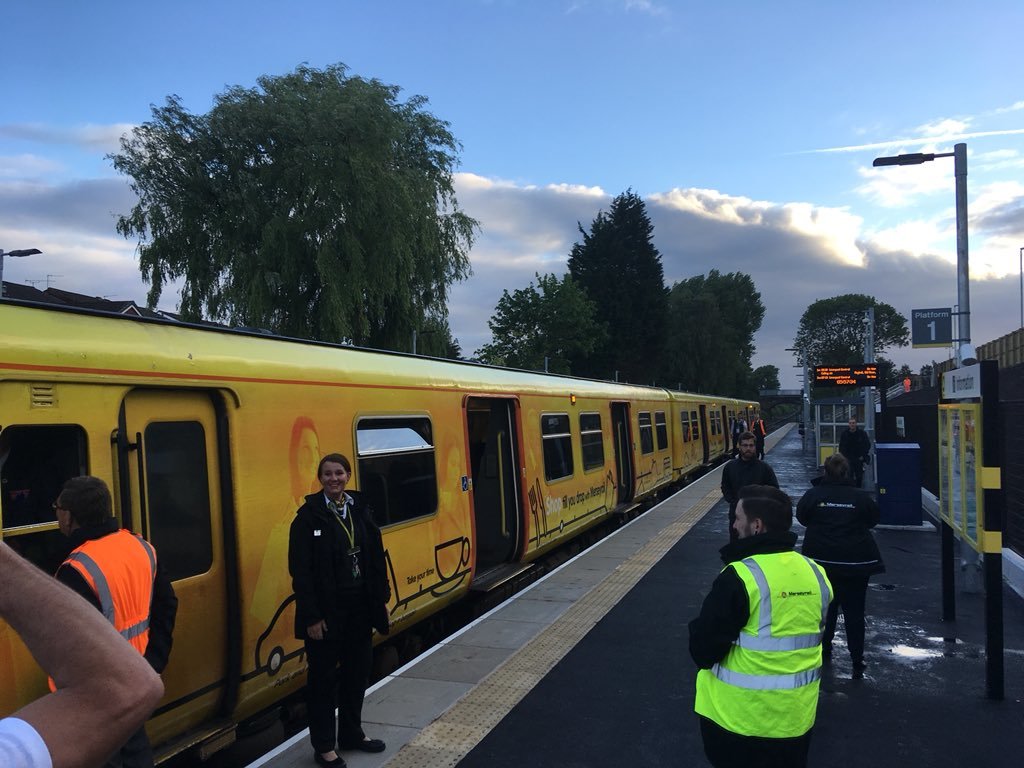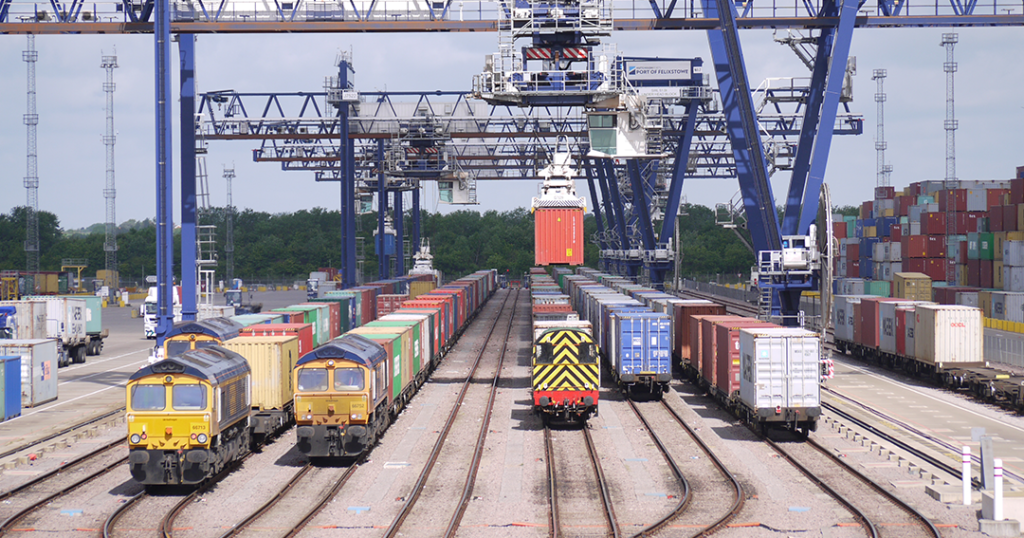We’re making it easier for investors and builders to work with Network Rail.
Sweeping reforms to how we run railway projects – cutting cost, internal bureaucracy and red tape – are making Britain’s railways more attractive commercially to investors and builders. This means passengers and taxpayers are likely to benefit from more improvements in the future, paid for by other organisations.
We’re starting to embed the enabling processes of our industry-wide Open for Business programme, making it easier for other organisations – including the private sector – to invest in and build on the railway.
The programme has now completed its final commitments made in response to the Hansford Review on third parties in the rail market, meaning investors and builders will soon find it quicker, easier and more efficient to deal with Network Rail.
Network Rail is Open for Business
Demand for the railway has doubled in the past 20 years with almost five million passengers now using the network every day. Network Rail invests more than £130m in improvements for passengers each week – that’s 22% of the UK’s entire infrastructure spend.
With more people and more trains on the network than it was ever designed for, the success of growth brings some very real challenges, not least of which is the need for massive levels of investment to support and sustain it.
Over the past decade, rail infrastructure investment has amounted to more than £74bn. This funding has enabled enormously complex upgrades and delivered significant benefits for passengers.
Major projects include Thameslink Programme, the Great North Rail Project and the Edinburgh Glasgow Improvement Programme. Meanwhile, we have carried out landmark station redevelopments like Reading, Birmingham New Street and London Bridge.
The government has earmarked a significant increase in capital for rail operations, renewals and maintenance in the next five years, but further third-party investment would enable even more projects.
How are we doing it?
Brand new service level commitments
For the first time, we’re embedding service level commitments by which other organisations can hold us to account. It falls to Network Rail’s asset protection and optimisation (ASPRO) teams to make sure any work on or near the railway is done safely and to the right standards.
By having these new service levels in place, third-party promoters of projects on the railway can know what to expect from Network Rail’s service and when to expect it by. Find out more here.
Customer surveys
We’re embedding customer satisfaction surveys for investors and builders who have historically viewed ASPRO teams as gatekeepers and difficult to work with. This will allow us to provide a baseline and benchmark for how ASPRO teams are performing.
Clarifying risks to investors
It’s important an investor or developer knows the risks they’re responsible for when building on or by the railway – they differ greatly than when building on the high street, highway or any other environment. That’s why we’ve looked at 41 separate categories of risk that could cause problems, delays or extra cost to a project and analysed where we can take ownership of that risk, or make it clear who will cover it.
Giving the industry a voice
We opened our standards – the detailed requirements that underpin how the railway and the delivery of improvement projects are run – for feedback and allowed other organisations to challenge them. We did this to encourage more innovation, value for money and third-party funding.
These are some of the solid foundations we are building on to further help our route businesses transition to and embed new ways of working so the full expected benefits from being open for business can be realised, not just for Network Rail, but for the whole rail industry.
David Ollerhead, Network Rail’s Open for Business programme director
Our third-party funded projects:
Maghull North station

Maghull North station, a modern station with step-free access near Liverpool is a great example of how private investment can bring benefits to local communities. This work was fully funded by third parties and has so far supported 370 new homes, with further growth expected in the area.
Port of Felixstowe

Hutchison Ports, owner of the Port of Felixstowe, is partly funding the double-tracking of a 1.4km section of railway on the approach to the port to alleviate an infamous bottleneck. This will increase capacity by 10 freight trains a day. That’s the equivalent of 760 lorries a day, reducing road congestion and pollution, and improving reliability for passenger services.
Barking Riverside station

In London, we will build the new Barking Riverside station with full funding from the housing developer Barking Riverside and Transport for London. This will also enable us to build a 4km track extension of the Gospel Oak to Barking line. This will be the largest housing development in East London.